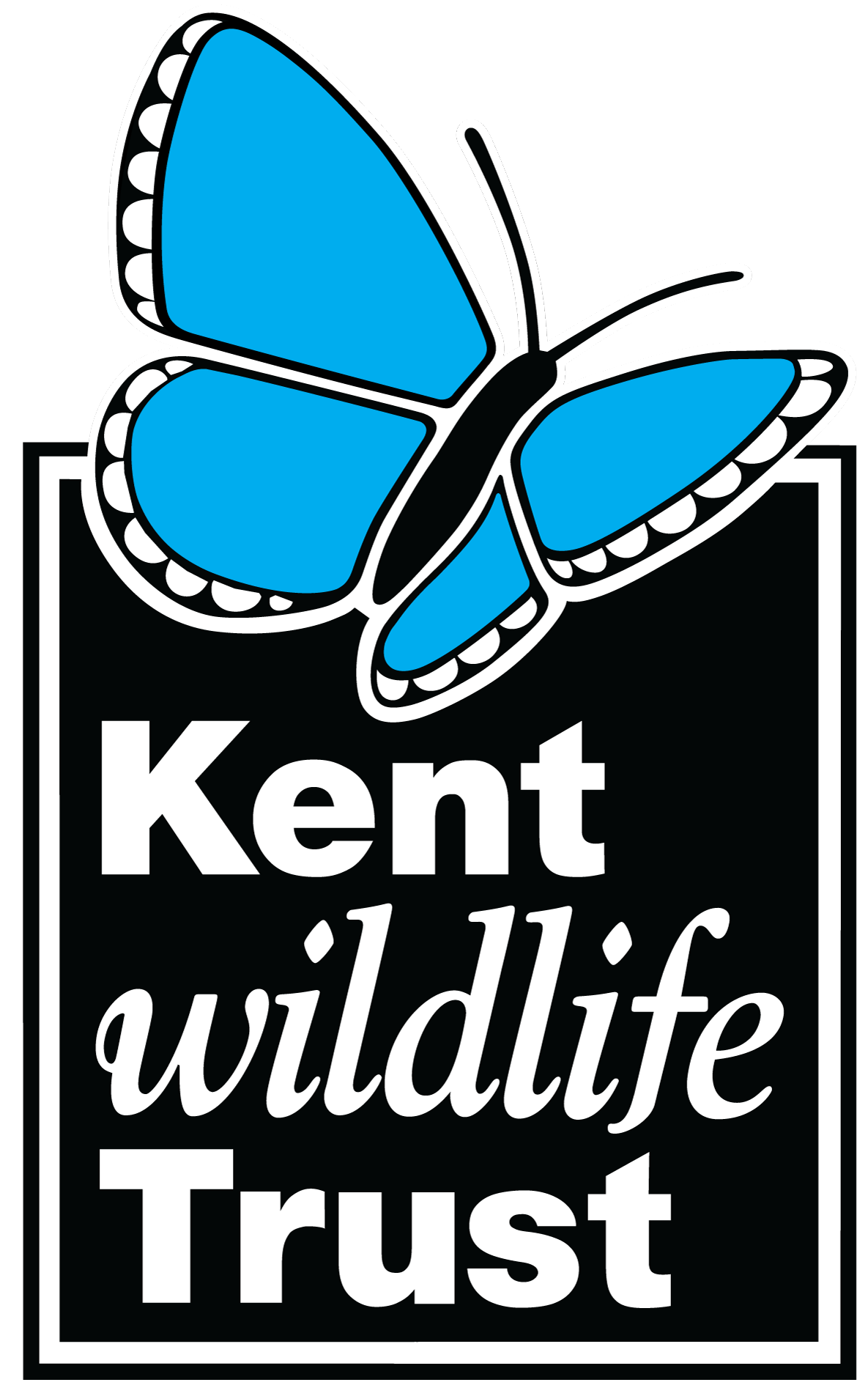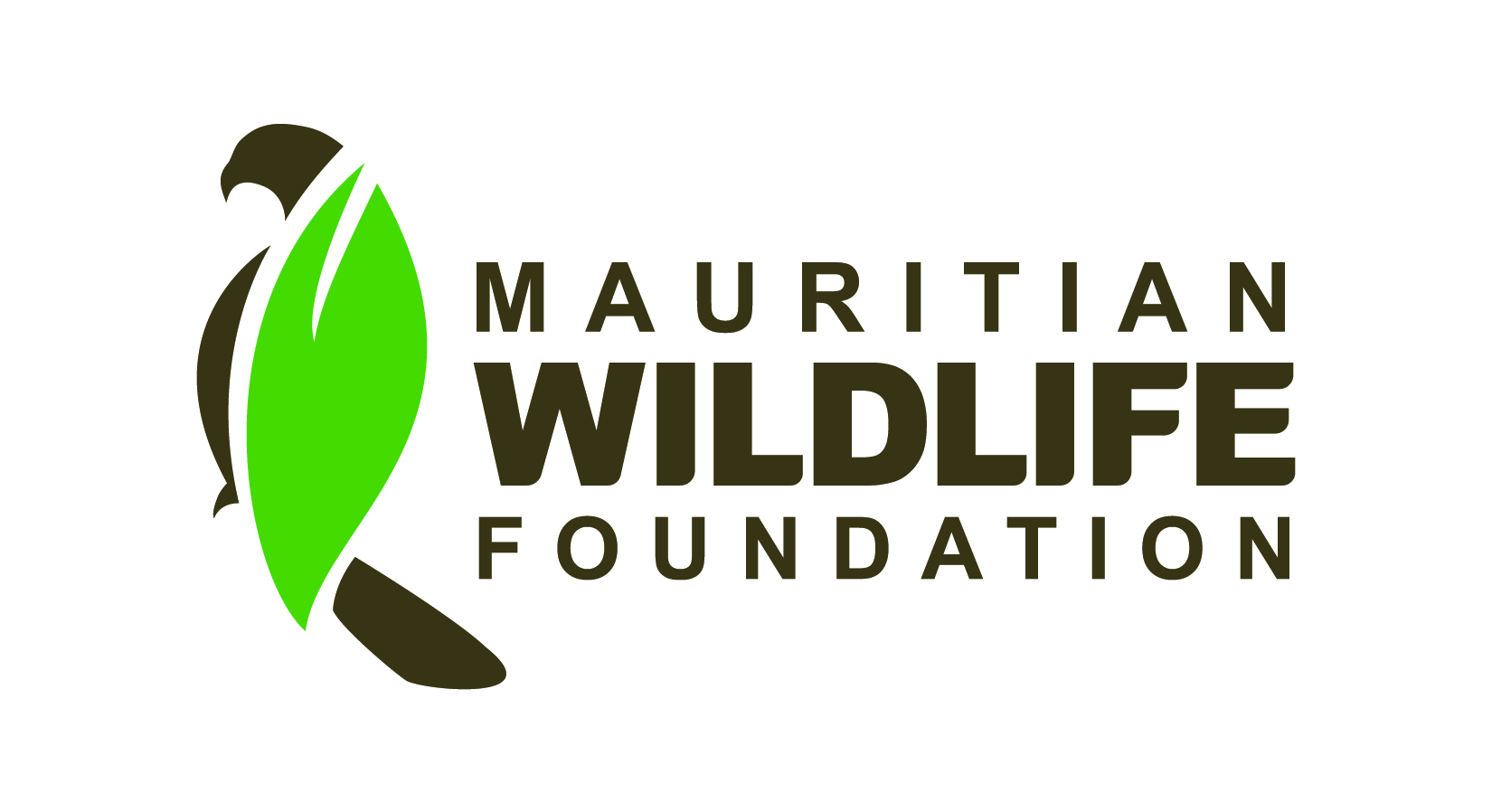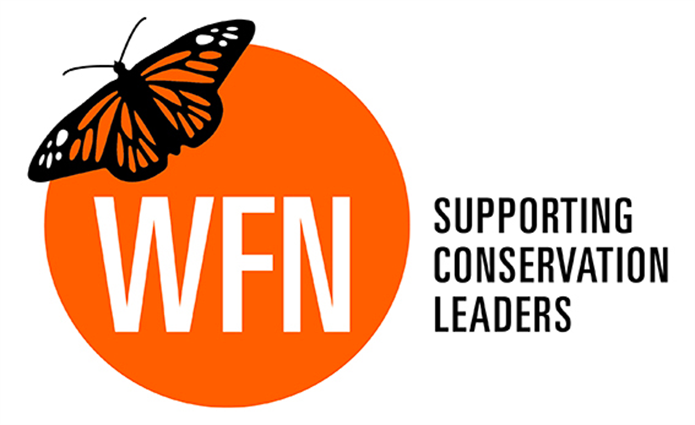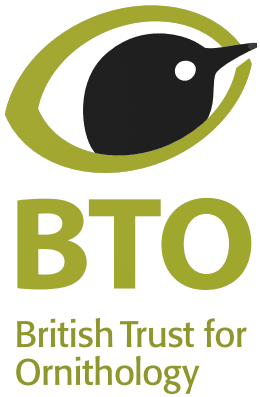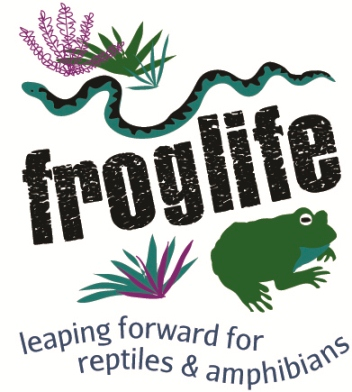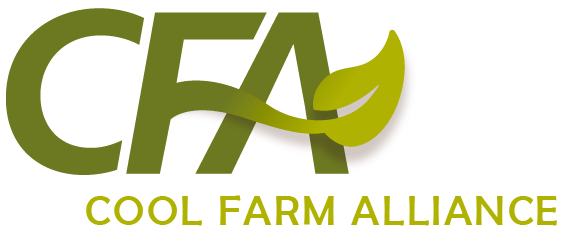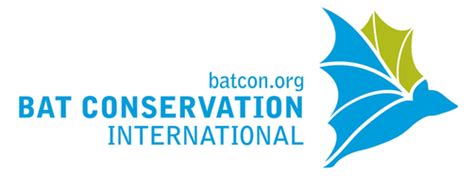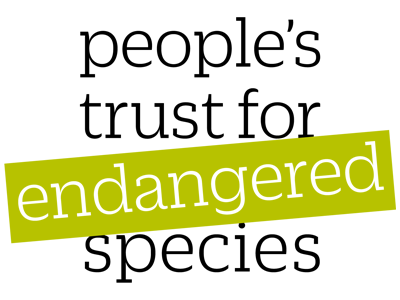The abundance of farmland birds within arable fields in relation to seed density
-
Published source details
Hart J.D., Murray A.W.A., Milsom T.P., Parrott D., Allcock J., Watola G.V., Bishop J.D., Robertson P.A., Holland J.M., Bowyer A., Birkett T. & Begbie M. (2002) The abundance of farmland birds within arable fields in relation to seed density. Aspects of Applied Biology, 67, 221-228.
Published source details Hart J.D., Murray A.W.A., Milsom T.P., Parrott D., Allcock J., Watola G.V., Bishop J.D., Robertson P.A., Holland J.M., Bowyer A., Birkett T. & Begbie M. (2002) The abundance of farmland birds within arable fields in relation to seed density. Aspects of Applied Biology, 67, 221-228.
Summary
Timing of reproduction is dependent on food supply in many species. Therefore, it is possible that providing supplementary food may allow animals to reproduce earlier and, therefore, potentially increase reproductive success. This study investigates whether providing great tits Parus major in mixed oak-hazel woodland in southern Sweden can induce early laying.
The study site is a 24 ha mixed oak-hazel woodland. In 1972, the eastern third of the wood was used as an experimental area, in 1973, it was the eastern quarter.
In the experimental areas, feeding trays were established and supplied with 20-35 g of mealworms from 11th-27th April 1972 and between 10th April and 14th May 1973. A total of 33 trays were used in 1972 and 32 in 1973, resulting in a density of 2 trays/territory in 1972 and 1.5 trays/territory in 1973.
The timing of first laying was monitored tor 119 nest boxes over the two years.
Female tits in fed areas began laying eggs significantly earlier than great tits in adjacent control (unfed) areas. The difference was significant irrespective of whether all females, one year-old females or older females were examined (average laying date of 1st-5th May for fed areas, n = 44 nests vs. 6th-11th May for controls, n = 75 pairs).
The authors note that other species including nuthatches Sitta europea and chaffinches Fringilla coelebs also took food from the trays.
Note: If using or referring to this published study, please read and quote the original paper.
Output references
|
|

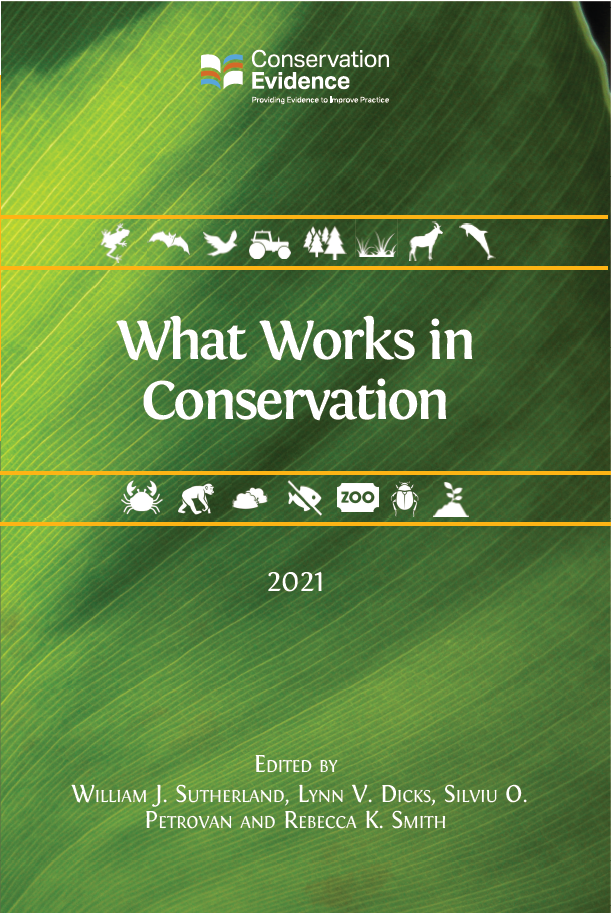
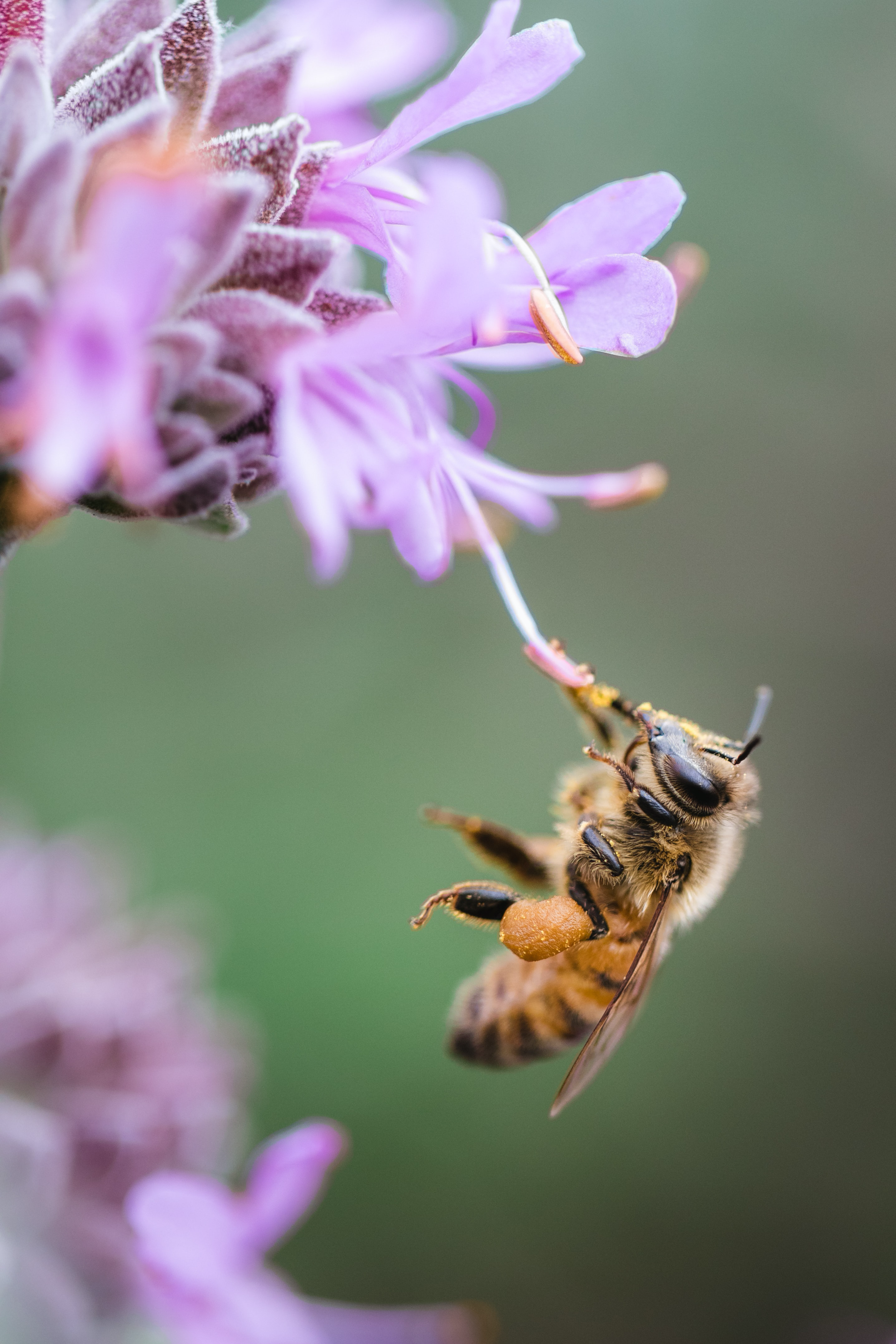


)_2023.JPG)
